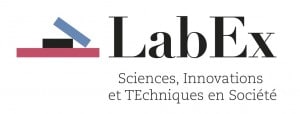Abstract
This study aims to identify the prominent topics, the distribution and association characteristics of topics and the topic evolutionary trends of Documentary Heritage Preservation and Conservation (DHPAC) research in China.
Keywords of relevant papers in China National Knowledge Infrastructure (CNKI) were extracted as the data source in this study. First, frequency and co-occurrence of keywords of the selected papers were obtained by using SATI. Second, co-word network indicators were calculated with the Pajek software. Then, VOSviewer was applied to optimize the visualization of the sub-communities. Finally, a topics evolution map of this research field was implemented by CorTexT.
The research topics of DHPAC research in China were unbalanced but distinct. Topics of DHPAC research in China possessed inconspicuous orientation and consistency. The core topics had less influence on the overall network. A research system had formed with archival conservation and ancient books conservation as the core research directions. Research in this field had formed four continuous evolutionary paths about ancient books conservation, salvage conservation, archival conservation and archives conservation technology science with topics fusion and differentiation coexisting. Attentions on “ancient books conservation”, “paper relics conservation”, “electronic record”, “digitization”, “minority”, “documents in the republic of China” had increased during the past two decades and new hot topics of DHPAC research kept appearing in China.
This study synthesized and analyzed the research results of DHPAC research in China from a more comprehensive perspective and revealed the topic structure and longitudinal evolution process intuitively with co-word analysis and social network analysis, which can assist researchers to improve research systematization, discover new research directions and seek cooperative research path.
See all documents refering Cortext Manager






